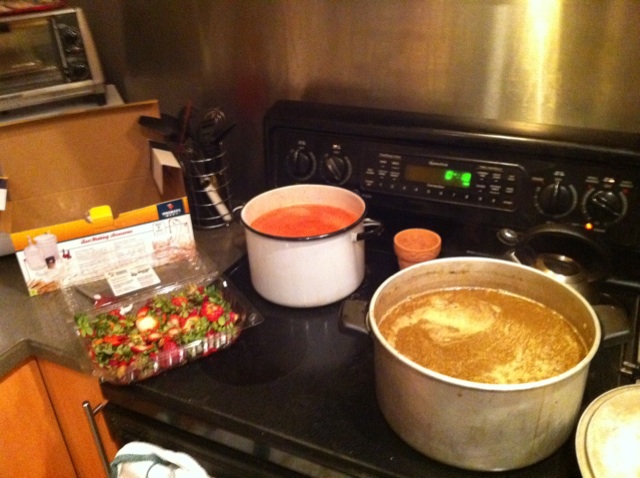This little gem from 1979 — limited to only 5,000, get yours today while supplies last! — was supposedly an attempt to capitalize on the release of yet-another Dracula movie that same year. I probably shouldn't be so dismissive, that was obviously well-before there were way too many vampire things around, but 1979 was considered by some to be 'The Year of the Dracula,' as Werner Herzog's Nosferatu the Vampyre (which, it should be noted, was not about Dracula) and Love at First Bite were also released that same year. So in that case, I guess that an amulet of "genuine" soil isn't the worst bit of opportunist merchandising possible? (he says, from a strange future world where pretty young vampires all love and sparkle)
If this was 2014, that little necklace would cost you $40 with shipping, all because some shkeevy marketing guy paid some Romanian dude $10 to dump some dirt into a box and ship it off to America. Forty bucks — and it doesn't even grant the wearer any mystical powers! (although if you ask me, that little disclaimer text is a prime example of "Thou doth protest too much"...)
However, it does include a certificate of authenticity, which makes me wonder �— who exactly signed that certificate, and what sort of qualifications did that person have? Truly, what makes one an expert in vampire soil? Are there real vampire archaeologists out there who do this stuff? If so, the official Vampire Archaeology Authentication Council should probably review their application process, because "Dracula's Castle" isn't even a real place. Presumably, this soil comes from Bran Castle, which does claim itself to be "Dracula's Castle" as a tourist attraction due its location near the border of Transylvania and Wallachia. Although previously owned by Hungarian kings, the castle was actually repossessed by the city of Brasov in 1533 after Vlad II Dracul failed to pay some other loans he'd taken out — Vlad II Dracul being the father of Vlad III aka Vlad Tepes aka Vlad the Impaler, the supposed inspiration for the fictional character of Dracula, who was never known to have spent any time in or around Bran Castle during his life.
Supposedly, Stoker's inspiration for the physical layout and appearance of Dracula's castle in his novel is based on New Slain Castle in Aberdeenshire, Scotland, according to Clare Haworth-Maden in The Essential Dracula. Despite popular opinion and prevailing cultural imagery, Dracula may have his roots more in Gaelic traditions and history than those of Eastern Europe, especially when you consider that Stoker himself was Irish. Fun fact: while "dracul" in Romanian does indeed translate to "Son of the Dragon," "droch fhola" in Irish Gaelic (pronounced "droc'ola") translates to "bad blood." Curious? Consider then the legend of Abhartach, an Irish warlord with dwarfism (but not one of the Daoine Maithe or Tuatha Dé Danann!) from present-day County Derry who was supposedly immortal and was said to have drank the blood of his enemies. From The Origin and History of Irish Names & Places:
There is a place in the parish of Errigal in Derry, called Slaghtaverty, but it ought to have been called Laghtaverty, the laght or sepulchral monument of the abhartach or dwarf. This dwarf was a magician, and a dreadful tyrant, and after having perpetrated great cruelties on the people he was at last vanquished and slain by a neighbouring chieftain; some say by Fionn Mac Cumhail. He was buried in a standing posture, but the very next day he appeared in his old haunts, more cruel and vigorous than ever. And the chief slew him a second time and buried him as before, but again he escaped from the grave, and spread terror through the whole country. The chief then consulted a druid, and according to his directions, he slew the dwarf a third time, and buried him in the same place, with his head downwards; which subdued his magical power, so that he never again appeared on earth. The laght raised over the dwarf is still there, and you may hear the legend with much detail from the natives of the place, one of whom told it to me.
Regardless of Dracula's origins, or the origins of his alleged soil from Castle Dracula, I suspect that this exclusive offer is no longer available. Fortunately, Darling Pet Munkee, a Boston-based band that just writes songs about ridiculous ads from the backs of old comic books, was kind enough to immortalize this rare necklace in song for our enjoyment:








